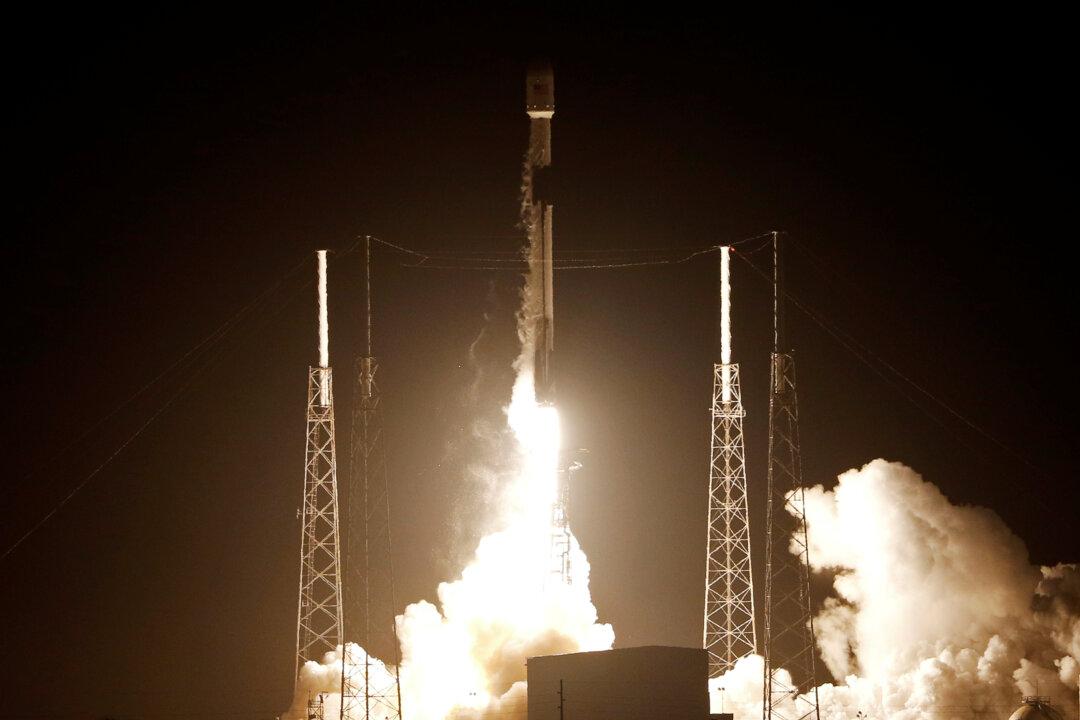CAPE CANAVERAL, Fla.—SpaceX successfully launched another load of station supplies for NASA late on March 6 and nailed its 50th successful rocket landing.
The Falcon rocket blasted off with 4,300 pounds of equipment and experiments for the International Space Station. Just minutes later, the spent first-stage booster made a dramatic midnight landing back at Cape Canaveral, its return accompanied by sonic booms.





